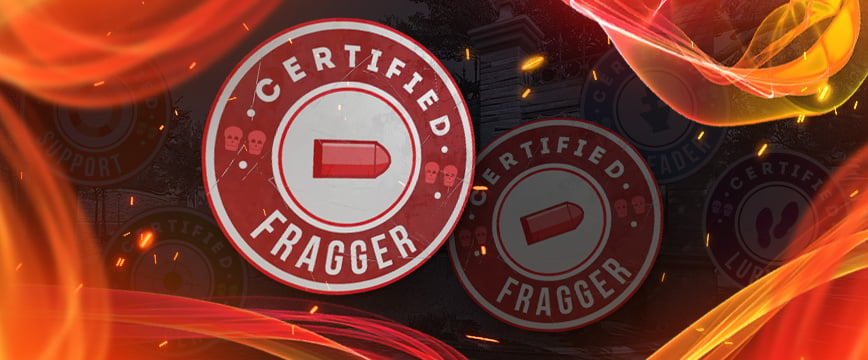Bully Tee Blog
Your go-to source for everything related to bullies and tee culture.
CS2 IGL: Crafting Victory from Chaos
Unleash your inner strategist! Discover how to lead your CS2 team from chaos to victory with expert tips and tricks for every IGL.
Mastering the Art of In-Game Leadership: Strategies for CS2 IGLs
In the fast-paced world of CS2, the role of an In-Game Leader (IGL) is crucial for the success of any competitive team. Mastering the art of in-game leadership requires a blend of strategic thinking, communication skills, and a deep understanding of the game mechanics. An effective IGL should possess the ability to analyze the enemy team’s tactics and adapt accordingly. To enhance your leadership skills, consider implementing the following strategies:
- Effective Communication: Always maintain clear and concise communication with your team during matches.
- Adaptability: Be prepared to shift your strategies based on the unfolding dynamics of the game.
- Decision-making: Make quick, informed decisions when the pressure is high.
Moreover, an IGL must foster a collaborative environment where team members feel allowed to express their thoughts and contribute to strategy formulation. During practice sessions and scrims, consider holding debriefs to review gameplay and discuss what worked and what didn’t. Regular feedback not only helps build trust but also improves the team’s overall performance. Remember, a great IGL leads by example and empowers their teammates, creating a cohesive unit that can execute complex strategies seamlessly. By mastering these techniques, you can elevate your team’s gameplay and enhance your own skills as an IGL in CS2.

Counter-Strike is a popular tactical first-person shooter game that emphasizes teamwork and strategy. Players can enhance their gaming experience by opening clash.gg cases, which offer a chance to acquire unique skins and weapons. The game's competitive scene has grown exponentially, making it a staple in the esports community.
5 Essential Skills Every CS2 IGL Must Have
As the in-game leader (IGL) of a CS2 team, possessing the right set of skills is crucial for guiding your squad to victory. Strategic thinking is the cornerstone of an effective IGL; understanding the game’s dynamics allows you to devise tactics that exploit the enemy's weaknesses. An IGL should also be adept at communication, ensuring that strategies are clearly conveyed to teammates and that everyone is on the same page. This involves not only direction but also active listening, as adapting to your team's needs can make all the difference in high-pressure situations.
Additionally, a successful IGL must have quick decision-making skills, allowing them to adapt strategies on-the-fly in response to the dynamic nature of the game. This requires a deep knowledge of the game mechanics and map layouts, as well as a solid understanding of both your team's strengths and your opponents' styles. Furthermore, leadership is essential, as the IGL must motivate players, manage team morale, and create a positive environment that fosters teamwork and cooperation. Finally, a good IGL should be data-driven, utilizing statistics and past performance to inform strategic choices, ensuring their team remains competitive in the ever-evolving landscape of CS2.
How to Foster Team Communication and Trust in CS2
Effective team communication is crucial in CS2 to ensure that every member is aligned with the team’s goals and strategies. A great way to foster this communication is by utilizing regular team meetings and updates. Schedule weekly meetings where team members can openly share their thoughts, challenges, and wins. This not only promotes transparency but also encourages collaboration. Consider implementing tools like Slack or Discord for day-to-day communications, allowing teammates to discuss strategies and tactics in real-time. Ensuring that everyone has a chance to voice their opinion strengthens trust within the team and enhances overall performance.
Building trust in a CS2 team environment is as vital as effective communication. Trust develops when team members feel valued and respected. One way to achieve this is by recognizing individual and team accomplishments. Celebrating successes, regardless of size, can significantly boost morale. Moreover, encourage an environment where mistakes are accepted as learning opportunities, fostering a culture of growth. Establishing clear roles and responsibilities also helps in building trust among team members as everyone knows what is expected of them, leading to a more cohesive unit.